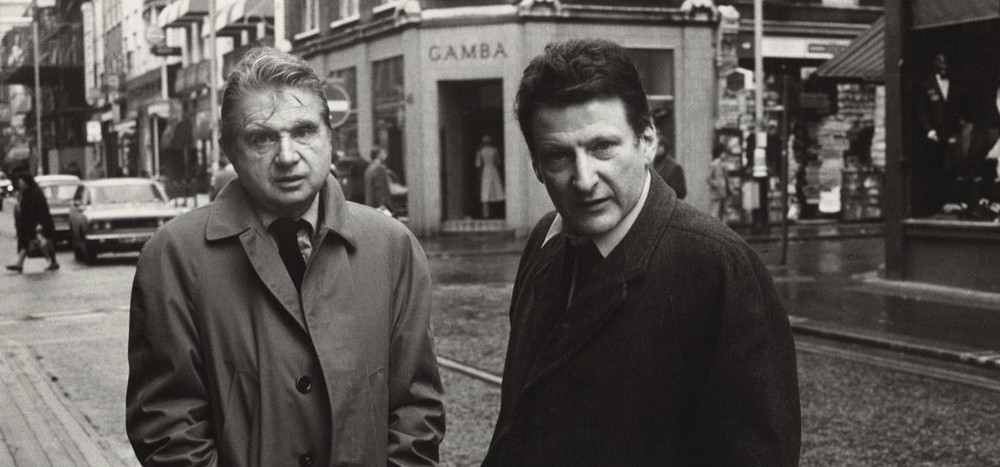
William Hogarth
You can’t talk about London and painting without talking about William Hogarth (1697–1764), the father of his city’s art scene. Writing for The Guardian, the critic Jonathan Jones went so far as to say that before Hogarth’s rise to fame in the 18th century, “there was not really any such thing as British art.” There were talented painters living in England, of course, but there wasn’t so much a distinctive national style. Hogarth changed that forever. His loud, boisterous engravings and paintings are still laugh-out-loud funny—such as the virtuosic, surprisingly raunchy Marriage A-La-Mode series he completed in 1745.
What was so unique—and uniquely English—about Hogarth’s style? He was as talented a draughtsman as any Italian or French artist, but he had gifts for bawdy physical comedy, and for drawing memorable faces, that no artist of the era could match. He often depicted the crowded, chaotic streets of London, and—just like the streets themselves—his works are packed with bodies, weird faces, and flashes of queasy humor.
The year Hogarth was born, London had a population of half a million people. Within a few decades of his death, that number had doubled. Soon London would become the largest, densest city the world had ever seen. In his work, Hogarth invented a style that mirrored the growth of that city. In the process, he changed the way people thought not just about London, but the concept of a city in general.
Editorial (1)

The Provocateurs Who Defined Art in London
(Want to explore other “Artropolises”? Check out our series.)
Playlists (1)



Marriage A-la-Mode
Related artists

Apachennov
Russian, unknown–present
Gustave Moreau
French, 1826–1898